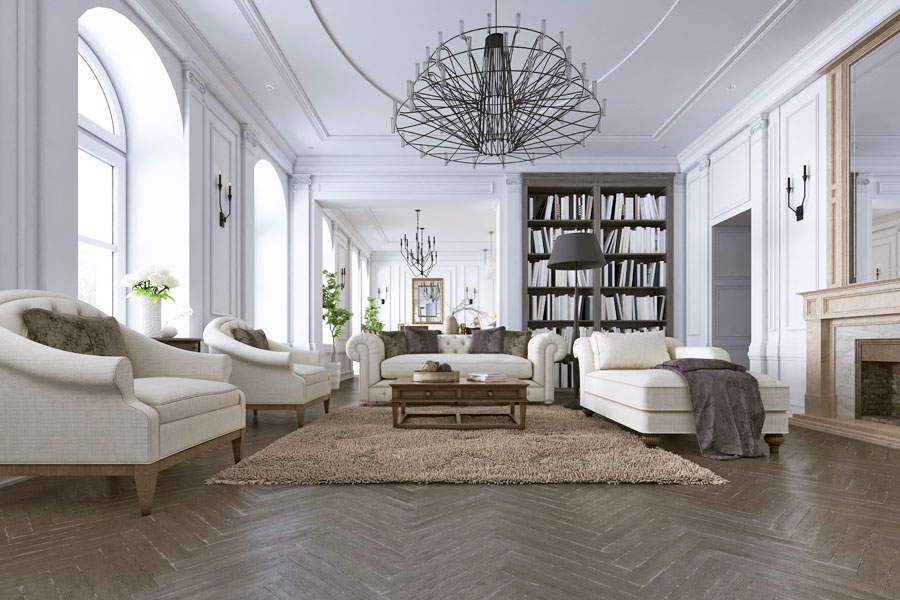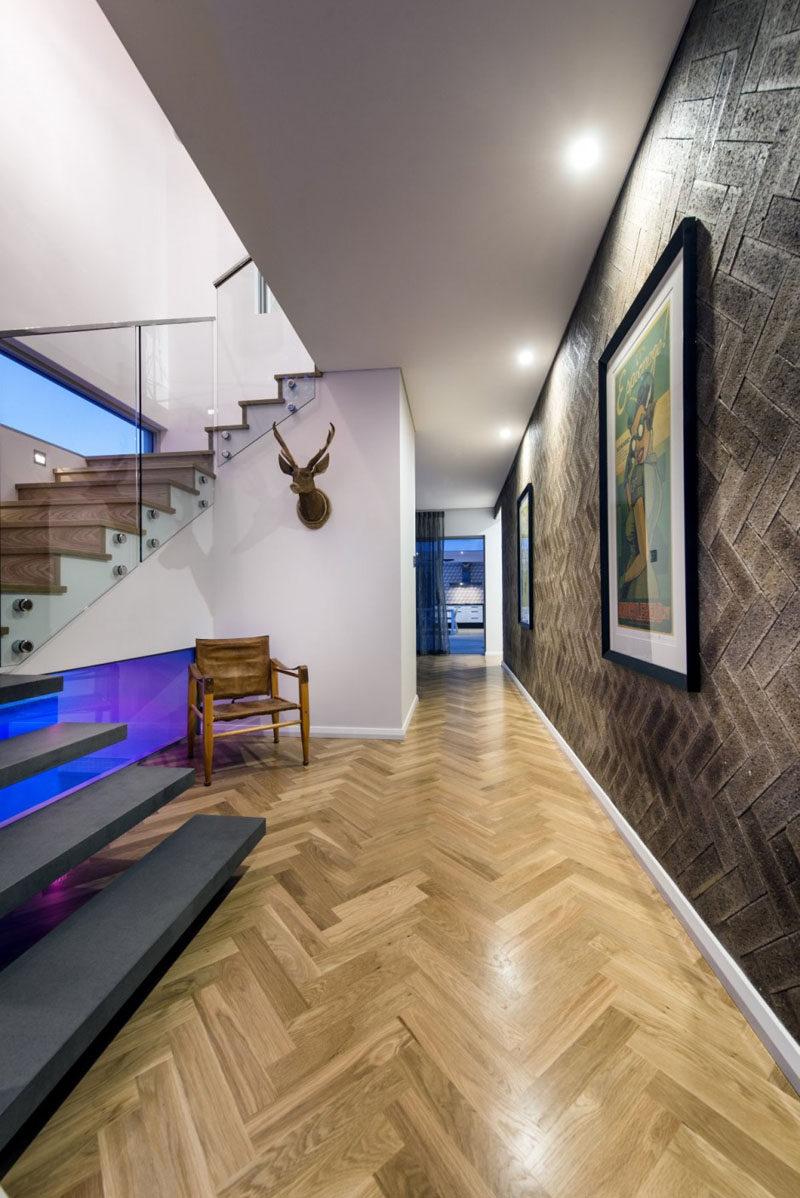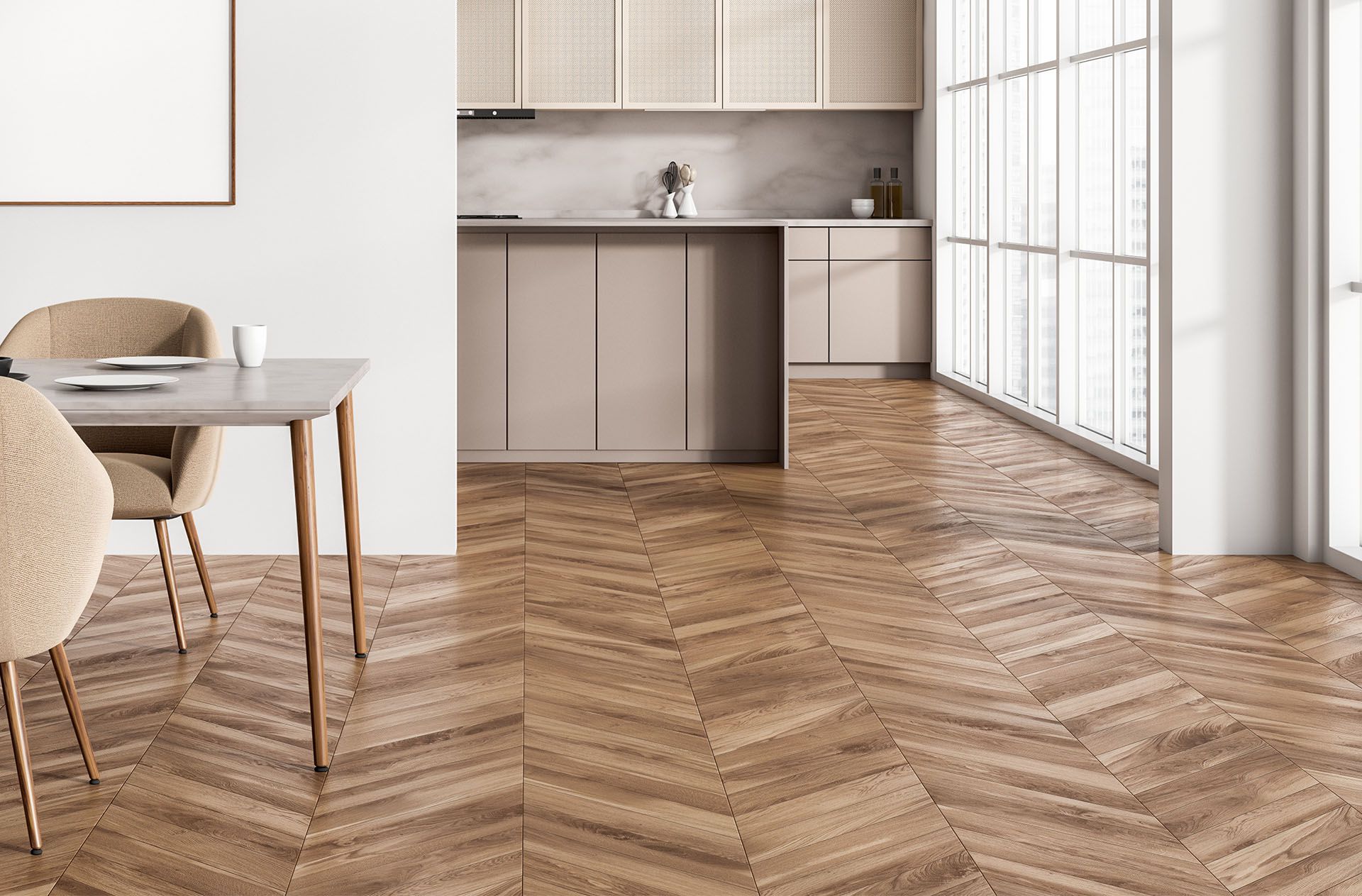When it comes to home design, the right flooring can make all the difference. One flooring trend that has been captivating homeowners and designers alike is the herringbone pattern. Known for its distinctive ‘V’ shape, herringbone offers a timeless look that can bring elegance to any room. In this guide, we will explore the world of Floor and Decor herringbone options, share personal insights, and provide detailed advice to help you make informed choices.
What is Herringbone Flooring?
Herringbone flooring is a classic design characterized by rectangular pieces arranged in a zigzag pattern. This layout creates a distinctive and visually appealing effect, making it a favorite among interior designers. Herringbone can be achieved in various materials, including wood, laminate, and tile.
History of Herringbone Design
The herringbone pattern has its roots in ancient Rome, where it was used in the construction of roads. Over time, it has evolved and made its way into the world of flooring, becoming a staple in both classic and modern design.
Why Choose Floor and Decor for Herringbone Flooring?
Floor and Decor is well-known for its extensive range of flooring options. With a commitment to quality and style, they offer a plethora of herringbone designs that cater to different tastes and budgets.
Quality and Variety
With many materials and styles available, Floor and Decor stands out for quality. Whether you prefer the warmth of wood or the sleekness of tile, there’s something for everyone.

Personal Experience: My Search for the Perfect Herringbone Flooring
During my recent home renovation, I found myself drawn to the herringbone pattern. I visited Floor and Decor and was impressed by the massive selection. After careful consideration, I selected a beautiful engineered wood option that perfectly complemented my interior.
Types of Herringbone Flooring at Floor and Decor
Let’s break down the materials you can choose from:

1. Herringbone Hardwood Flooring
Hardwood herringbone flooring offers natural beauty and warmth. It provides exceptional durability and can be refinished if scratched or damaged.
Pros:
- Natural beauty and elegance
- Long-lasting with proper care
- Resale value enhancement
Cons:
- Higher initial cost
- Requires maintenance and refinishing

2. Herringbone Laminate Flooring
Laminate herringbone flooring mimics the appearance of hardwood but is easier to install and maintain.
Pros:
- Cost-effective
- Easy to install
- Resistant to scratches and stains
Cons:
- Less authentic look and feel
- Cannot be refinished

3. Herringbone Tile Flooring
Tile is an excellent choice for herringbone patterns in kitchens and bathrooms due to its water resistance.
Pros:
- Water-resistant
- Variety of designs and colors
- Durable and easy to clean
Cons:
- Cold to the touch
- Can be slippery when wet

Installation Guide for Herringbone Flooring
Installing herringbone flooring can be a rewarding project, whether you choose to hire a professional or go DIY. Here’s a step-by-step guide:
Step 1: Prepare the Subfloor
Ensure your subfloor is clean, level, and dry. This is crucial for a successful installation.

Step 2: Gather Your Tools
You will need:
- Measuring tape
- Chalk line
- Utility knife
- Flooring adhesive (if applicable)
- Spacers
Step 3: Plan Your Layout
Before installing, lay out your pieces to visualize the final result. Use a chalk line to mark your starting point.
Step 4: Begin Installation
Start from the center of the room, laying pieces in the herringbone pattern. Use spacers to maintain consistent gaps for expansion.
Step 5: Finishing Touches
Once installed, ensure that any necessary trims or moldings are added for a polished look.
Maintenance Tips for Herringbone Flooring
Maintaining your herringbone flooring is key to its longevity. Here are some tips:
- Regularly sweep or vacuum to remove dirt and debris.
- Use a damp mop with a gentle cleaner for deeper cleaning.
- Avoid harsh chemicals that can damage the finish.
- For hardwood, consider occasional refinishing to restore luster.
Comparative Analysis: Herringbone vs. Other Patterns
Herringbone isn’t the only flooring pattern available. Here’s how it compares to other popular options:
| Pattern | Visual Appeal | Durability | Installation Cost | Maintenance |
|---|---|---|---|---|
| Herringbone | Classic and elegant | High | Medium to High | Moderate |
| Chevron | Modern and trendy | High | Medium to High | Moderate |
| Plank | Simple and versatile | Medium to High | Low to Medium | Low |
Pros and Cons of Herringbone Flooring
Before making a final decision, let’s summarize the pros and cons:
Pros:
- Stylish and timeless design
- Can complement various decor styles
- Available in multiple materials
Cons:
- Higher installation costs compared to simple patterns
- Installation can be complex for DIYers
- May require more maintenance depending on the material
Cost Considerations for Herringbone Flooring
Understanding the cost of herringbone flooring at Floor and Decor is essential for budgeting. Prices can vary based on material type, brand, and design complexity. Here’s a general breakdown:
- Hardwood: $5 – $15 per square foot
- Laminate: $2 – $10 per square foot
- Tile: $3 – $20 per square foot
Frequently Asked Questions (FAQs)
1. What is the best material for herringbone flooring?
The best material depends on your needs. Hardwood offers beauty and durability, while tile is ideal for moisture-prone areas.
2. How do I clean herringbone flooring?
Regular sweeping and occasional damp mopping with a gentle cleaner are recommended. Avoid excessive water for hardwood.
3. Is herringbone flooring suitable for DIY installation?
Yes, but it requires precision and careful planning. If you’re inexperienced, consider hiring a professional.
4. Can herringbone patterns be used in small spaces?
Absolutely! Herringbone can create the illusion of space and add character, but be wary of patterns that might visually shrink the area.
5. How long does herringbone flooring last?
With proper maintenance, herringbone flooring can last several decades, especially hardwood options.
Conclusion
Choosing Floor and Decor herringbone flooring can transform your home, providing a chic, sophisticated aesthetic. With various materials, styles, and easy maintenance, herringbone is a versatile option for any homeowner. As I discovered during my search, it not only enhances the beauty of your space but also adds value to your home. Whether you decide on hardwood, laminate, or tile, the herringbone pattern is sure to impress.